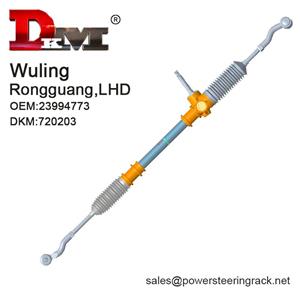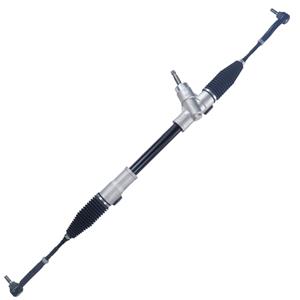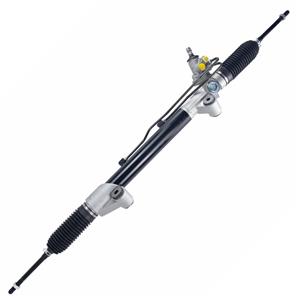Why is my steering wheel heavy after replacing the steering pump and rack?
The steering wheel is one of the core components of vehicle driving, which directly affects the driver's control experience. Most modern cars are equipped with power steering systems, which help drivers to control the steering wheel more easily when driving at low speed, parking or turning through hydraulic or electric power systems.
As the car is used, some parts of the steering system (such as the steering pump and steering rack) may wear or damage, and they need to be replaced. Some car owners will find that the steering wheel becomes unusually heavy and steering operation becomes more difficult after replacing the steering pump and steering rack. This phenomenon confuses and puzzles many people. What exactly causes the steering wheel to become heavy?
In this article, we will explore the various factors that may cause the steering wheel to become heavy after replacing the steering pump and steering rack to help car owners understand and solve this problem.
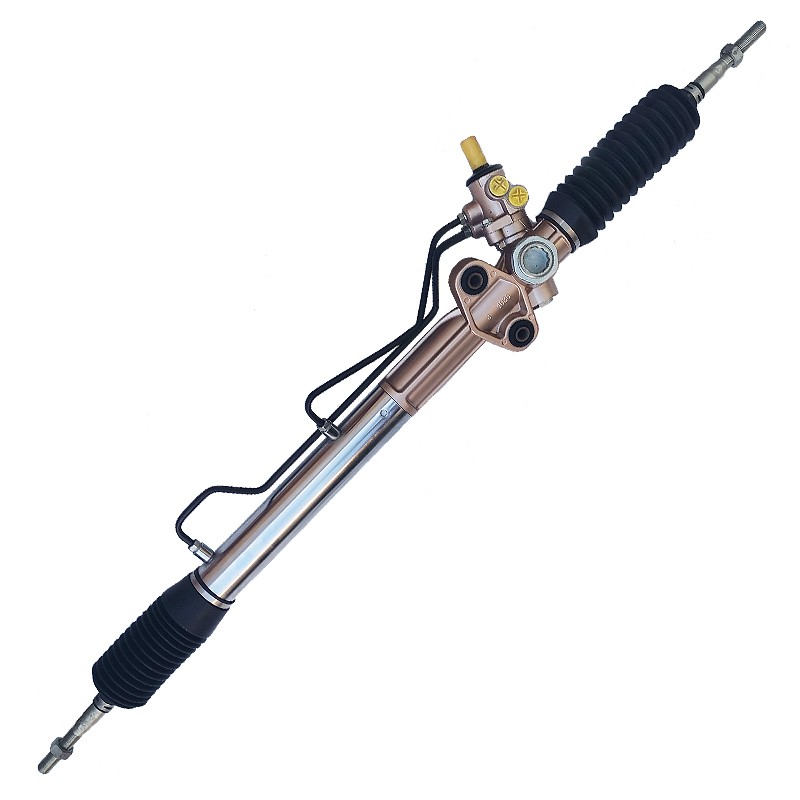
What are the functions of the steering pump and steering rack?
1. The role of the steering pump
The steering pump is a key component in the power steering system, and its main function is to provide hydraulic power assistance. The hydraulic power steering system usually consists of three parts: steering pump, power steering fluid and steering rack. The steering pump is driven by the engine. When working, it will pressurize the power steering fluid and deliver it to various components in the steering system to provide the necessary power, thereby reducing the force required by the driver to turn the steering wheel.
In the hydraulic steering system, the performance of the steering pump directly affects the weight of the steering wheel. If the steering pump fails or the pump itself does not provide enough power, the driver will feel that the steering wheel has become heavier, especially when driving at low speeds or parking.
2. The role of the steering rack
The steering rack is another important component in the steering system. It consists of a steering wheel, a steering shaft and a rack. When the driver turns the steering wheel, the steering shaft drives the steering rack to move, so that the wheels turn and the direction changes. The steering rack is usually used in conjunction with power steering fluid or an electric power steering system to reduce the driver's operating force.
The working efficiency of the steering rack is closely related to the provision of hydraulic power assistance. If the steering rack is worn inside or the hydraulic system fails, the driver will feel more effort when operating the steering wheel, causing the steering wheel to become heavier.
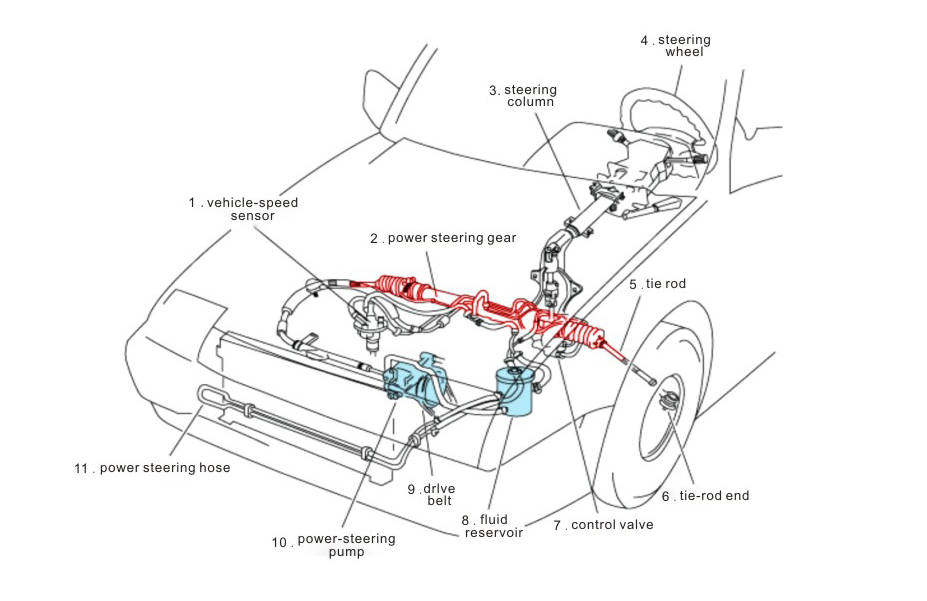
After replacing the steering pump and steering rack: What are the common problems?
1. Air or bubbles in the hydraulic system
When replacing the steering pump and steering rack, it is easy to introduce air or bubbles into the hydraulic system during the maintenance process. These bubbles will hinder the normal flow of the power steering fluid, thereby affecting the pressure of the hydraulic system and making the steering pump unable to provide sufficient power assistance. Insufficient pressure in the hydraulic system will cause the steering wheel to become heavy, especially when driving at low speeds.
•Solution: If you suspect that there is air in the hydraulic system, you can clear the air in the system by exhausting the air. Generally, professional maintenance personnel will exhaust the hydraulic system after replacing the steering pump and steering rack to ensure that there are no bubbles in the system, so as to restore the normal operation of the system.
2. Insufficient power steering fluid or quality problems
Power steering fluid is an important medium in the hydraulic system. It not only provides pressure, but also has lubrication and cooling effects. When replacing the steering pump and steering rack, if the power steering fluid is not checked and replenished in time, the fluid level is too low or the fluid quality is unqualified, it will affect the normal operation of the hydraulic system.
A low fluid level in the hydraulic system will cause the steering pump to not get enough fluid to generate enough power assistance, which will cause the steering wheel to be heavy. On the other hand, if an inappropriate power steering fluid is used, the viscosity and performance of the fluid may not meet the requirements, affecting the efficiency of the system.
•Solution: Check the power steering fluid level to ensure that the fluid level is appropriate. If the fluid level is too low, add the appropriate power steering fluid in time. In addition, make sure that the power steering fluid used meets the vehicle manufacturer's regulations and avoid using poor quality fluid.
3. Improper installation or failure of the steering rack
The steering rack is a key component that converts the rotation of the steering wheel into the rotation of the wheels. Its normal operation depends on the hydraulic power provided by the steering pump. If the steering rack is improperly installed during the replacement process, or if it is damaged during the installation process (such as bearing wear, poor sealing, etc.), it may cause increased friction and make the steering wheel abnormally heavy.
In addition, wear and aging of the steering rack can also cause steering difficulties. When replacing, improper installation or use of poor quality parts may also cause the new steering rack to not operate properly, resulting in a heavy steering wheel.
•Solution: Make sure that the steering rack is properly installed during the replacement process and check that all parts of the steering rack are intact. Use parts that meet specifications to avoid any errors during installation.
4. Steering pump failure or unstable pressure
The steering pump is a core component in the power steering system, responsible for pressurizing the power steering fluid and delivering it to various parts of the system. If the replaced steering pump has quality problems or the pump itself is not installed correctly, the pump may not provide enough hydraulic pressure.
For example, if the pump pressure is insufficient, the hydraulic system cannot provide enough power, making the steering wheel heavy. In addition, the working pressure fluctuation of the steering pump will also cause unstable system pressure, which will affect the weight of the steering.
•Solution: Check whether the steering pump is installed in place to ensure that it can provide normal hydraulic pressure. If the steering pump itself is faulty, it may need to be replaced with a new high-quality pump.
5. Electrical system problems (applicable to electric power steering system)
For electric power steering (EPS) systems, if the electrical components of the electric power steering system are not properly connected during the replacement process, the motor may not work properly, which will cause the steering system to lose power and the steering wheel to become abnormally heavy.
The electric power steering system relies on the motor to provide power, so any problems in the electrical system (such as insufficient power, loose wiring, sensor failure, etc.) will cause the system to not function properly.
•Solution: Check the electrical connections of the electric power steering system to ensure that all electrical components are working properly and the battery is fully charged.
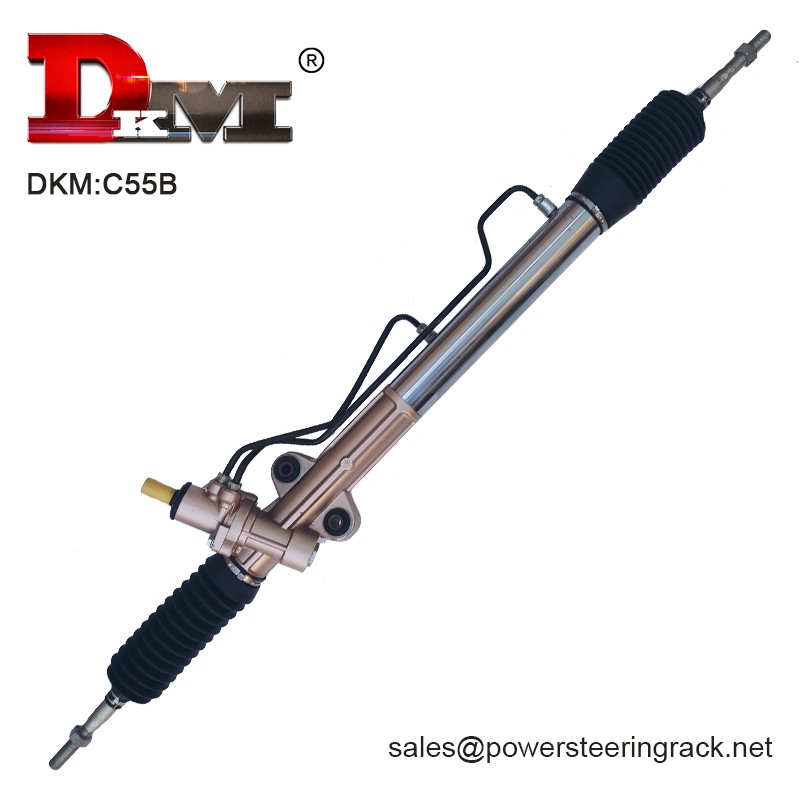
How to solve the problem of the steering wheel becoming heavy?
If you find that the steering wheel becomes heavy after replacing the steering pump and steering rack, you can follow the steps below to troubleshoot and solve it:
1. Check the power steering fluid level
First, check the power steering fluid level. If the fluid level is too low, you can add an appropriate amount of power steering fluid in time to ensure that the fluid level reaches the normal range. Use steering fluid of qualified quality to ensure the normal operation of the system.
2. Exhaust the air in the hydraulic system
If you suspect that there is air in the system, you can exhaust the hydraulic system. Usually, the exhaust process requires the help of professional tools to ensure that the air is completely exhausted.
3. Check the installation of the steering pump and steering rack
Check whether the replaced steering pump and steering rack are installed correctly. If they are not installed properly, friction may increase, resulting in steering difficulties. Reinstall and check the relevant parts for wear or damage if necessary.
4. Check the electrical system (applicable to EPS system)
For the electric power steering system, check the connection and working status of the electrical system to ensure that the motor can work properly.
5. Contact a professional maintenance personnel
If the above measures fail to solve the problem, it may be a deeper fault. At this time, you should contact a professional maintenance personnel for inspection and repair. Professionals can detect system problems through diagnostic tools to ensure that the problem is completely solved.
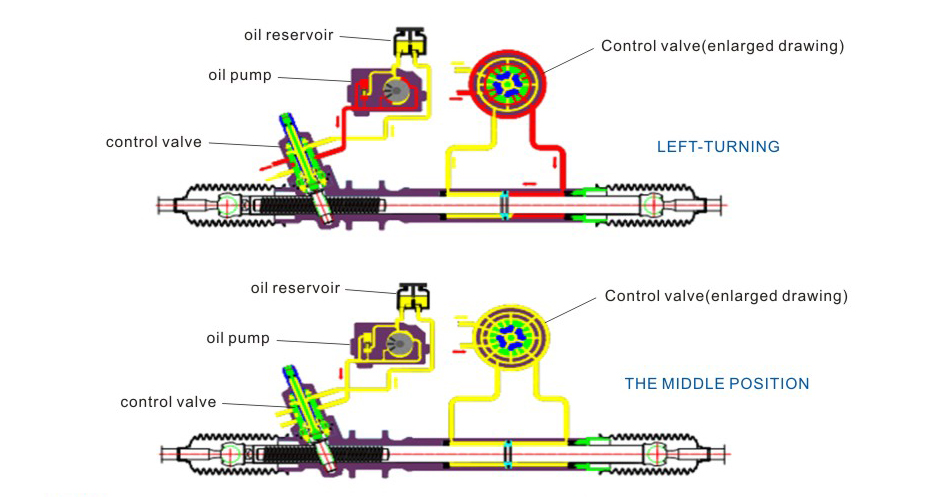
Who is DKM Company?
Foshan Diamond Auto Parts Co., Ltd. (DKM Company) is a leading Chinese manufacturer and supplier of high-quality power steering racks. We specialize in supplying OEMs, dealerships across China, and exporting worldwide—especially to the USA, Italy, Ukraine, Russia, Southeast Asia, and the Middle East. Our automated production lines have a monthly capacity of 300,000 sets. As a trusted manufacturer, we offer competitive pricing, cheap wholesale options, and reliable purchasing for clients looking for quality steering racks and related parts from China.

